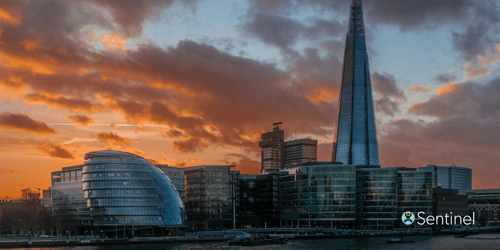The Importance of Communication During Fire and Building Evacuations
The Building Safety Act, primarily aimed at improving building safety standards, particularly in high-risk residential buildings, introduces a more stringent regulatory framework in the UK.
If you manage high-risk buildings, meeting the requirements of the Building Safety Bill is crucial for compliance and ensuring the safety of residents.
Here’s a simple guide to best practices:
Understand the Legislation: The first step is to thoroughly understand the provisions of the Building Safety Bill. This includes knowing the responsibilities of the Accountable Person, Building Safety Manager, and other key roles defined in the bill.
Appoint a Competent Building Safety Manager: The Bill requires high-risk buildings to have a Building Safety Manager responsible for day-to-day building safety management. Ensure that this individual is adequately trained and competent to handle the responsibilities.
Conduct and Update Regular Risk Assessments: Carry out detailed risk assessments of the building focusing on fire and structural hazards. Regularly review and update these assessments to reflect any changes in the building structure, usage, or other relevant factors.
Implement a Safety Case Regime: Develop and maintain a safety case file for the building, as required by the Act. This should include a thorough explanation of how the building's safety risks are being managed and mitigated.
Resident Engagement and Communication: Engage with residents regularly. Inform them about safety measures, their roles, and responsibilities. The Act emphasises the importance of clear and transparent communication with residents regarding safety issues.
Ensure you have accurate records and cyber secure systems for managing personally identifiable data and conforming to GDPR. Have systems that allow the Building Safety Manager to securely share documentation with residents.
Comply with the New Building Safety Regulator (BSR) Requirements: Collaborate with the newly established BSR. Ensure compliance with their regulations and standards, and be prepared for inspections and audits.
Ensure Proper Documentation and Record Keeping: Maintain comprehensive and up-to-date records of all safety measures, inspections, maintenance work, and resident communications. Proper documentation will be vital for compliance and in case of inspections.
Training and Development: Invest in training for staff and management on the latest safety practices, legal requirements, and emergency procedures to ensure they are well-prepared to manage high-risk buildings effectively.
Implement Robust Maintenance and Inspection Routines: Regularly inspect and maintain the building, focusing on fire safety systems, structural integrity, and other critical safety aspects.
Stay Informed of Changes and Updates: The regulatory landscape can evolve, so it’s essential to stay informed about any changes or updates to the Building Safety Act and associated regulations.
Seek Professional Advice: If necessary, consult with legal experts or building safety and fire professionals to ensure that you fully understand and comply with the requirements.
Financial Planning: Ensure that you have adequate financial resources to implement necessary safety measures. This might include retrofitting buildings with new safety features or enhancing existing systems.
Final thoughts
By following these steps and maintaining a proactive approach to building safety, managers of high-risk buildings can effectively meet the requirements of the Building Safety Act, ensuring the safety and well-being of residents and complying with regulatory standards.

26 Feb 2024


